1. Williamsburg, Virginia
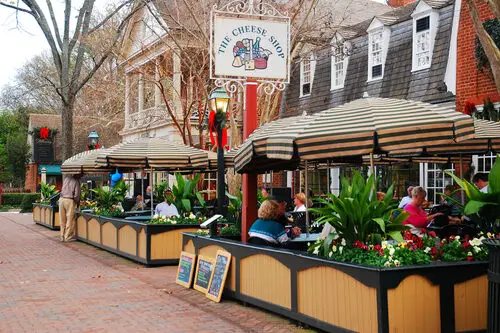
Step into Williamsburg, and it feels like you’ve traveled back to the 18th century. Colonial Williamsburg doesn’t just display history—it immerses you in it, with costumed interpreters demonstrating trades, politics, and daily life. Streets are alive with the sounds of blacksmiths, carriage rides, and colonial music. Visitors often remark that it’s less of a museum and more of a living storybook.
The town’s commitment to authenticity extends to ongoing archaeological projects and restoration efforts. Even the local restaurants embrace history, serving recipes from the colonial era. Schools use Williamsburg as an outdoor classroom, helping students experience history firsthand. It’s a place where the past doesn’t just linger—it participates.
2. St. Augustine, Florida
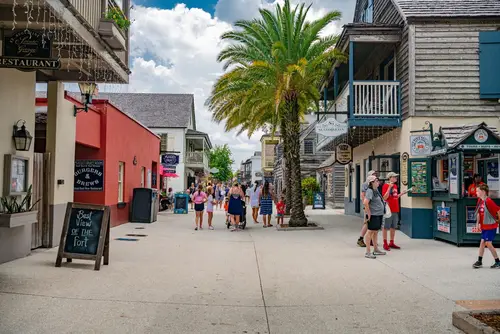
St. Augustine is America’s oldest continuously inhabited European settlement, and it wears its age proudly. The Castillo de San Marcos fortress stands as a stone sentinel over the town, offering reenactments and cannon firings for visitors. Cobblestone streets and centuries-old Spanish architecture make it feel timeless. Even the local gelato shops often reside in buildings that predate the 1700s.
History here isn’t locked in museums; it’s a living, breathing part of everyday life. The city hosts historical ghost tours that mix storytelling with factual events. Residents celebrate centuries-old Spanish festivals that feel as vibrant today as they did hundreds of years ago. St. Augustine makes it impossible to walk anywhere without bumping into a piece of the past.
3. Salem, Massachusetts
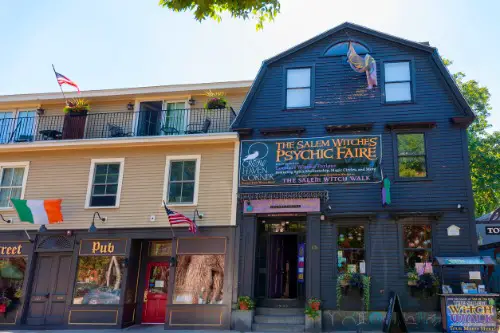
Salem is famously linked to the 1692 witch trials, but there’s far more to its historical preservation than spooky legends. Walking tours and museums explore early colonial life and maritime history, giving a deeper context to the town’s past. Historic homes are maintained with original furnishings, and the architecture spans centuries. Even the waterfront echoes with stories of early trade and fishing communities.
The town has leaned into its dark history in a thoughtful way, turning the witch trials into lessons rather than just tourist attractions. Local schools engage in educational programs about the social and legal implications of the trials. Annual events blend historical accuracy with local culture. In Salem, history isn’t a cautionary tale—it’s a conversation.
4. Santa Fe, New Mexico
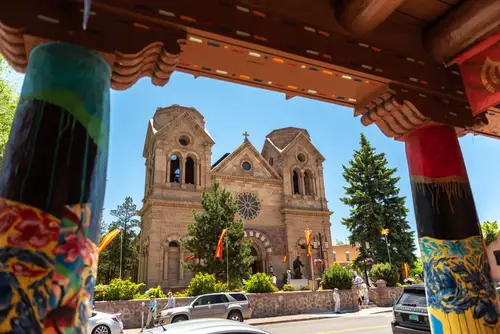
Santa Fe isn’t just a town; it’s a tapestry of Native American, Spanish, and Mexican heritage. The adobe architecture and preserved plazas feel unchanged for centuries, while local artisans keep centuries-old crafts alive. Every gallery and market seems to tell a story of cultural continuity. The annual Fiesta de Santa Fe celebrates traditions dating back to the 18th century.
The town integrates history into modern life in subtle ways. Even local government and planning prioritize preserving the historic character of streets and buildings. Museums highlight indigenous history alongside colonial influences, offering a holistic perspective. Walking through Santa Fe, it’s easy to see why residents treat history as part of their identity rather than just a backdrop.
5. Gettysburg, Pennsylvania
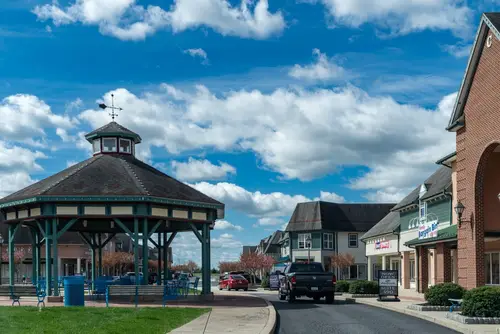
Gettysburg is synonymous with one of America’s defining battles, but the town does more than memorialize. Reenactments, walking tours, and preserved battlefields give visitors a tangible sense of Civil War life. Historic homes double as museums or inns, maintaining period-accurate furnishings. Even the streets reflect careful planning to preserve the town’s 19th-century character.
The town keeps history in everyday conversation, not just tourist pamphlets. Schools use the battlefields for interactive lessons on strategy, leadership, and national identity. Annual commemorations bring the community together to honor both history and the lessons it teaches. Gettysburg manages to feel like a living classroom, not just a monument.
6. Annapolis, Maryland

Annapolis offers a maritime twist on historical preservation. Its waterfront streets, lined with 18th-century brick buildings, celebrate the city’s naval and political heritage. The United States Naval Academy invites visitors to explore cadet life and historic ship models. Local restaurants even serve traditional seafood dishes that harken back to the colonial era.
History is integrated into modern city life in playful ways. Sailboat races, historical walking tours, and naval ceremonies all coexist with cafes and boutiques. The town also embraces its colonial and revolutionary past in festivals and educational programs. Annapolis demonstrates that history can sail alongside modern culture seamlessly.
7. Harpers Ferry, West Virginia
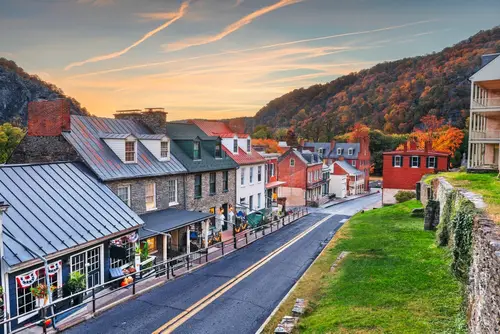
Perched at the meeting point of the Potomac and Shenandoah rivers, Harpers Ferry is as scenic as it is historic. The town is famous for John Brown’s raid and its role in the Civil War, with preserved buildings and exhibits telling vivid stories. Hiking trails double as historical tours, linking nature with history. Visitors can even pan for gold along the rivers, reliving the 19th-century mining days.
Harpers Ferry’s charm lies in how it integrates the past with daily life. Shops and cafes maintain historical facades while serving modern needs. Local reenactments and interpretive programs keep history interactive rather than static. Walking here feels like moving through a living painting of 1800s America.
8. Alexandria, Virginia
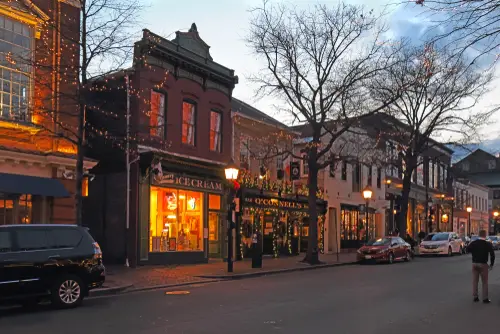
Alexandria feels like history has claimed the streets as its own playground. Old Town is packed with cobblestone streets, preserved colonial homes, and boutique shops that respect historic architecture. George Washington’s Mount Vernon is just a short trip away, linking the town to national history. Even the waterfront reflects 18th-century shipping and trade roots.
The town blends preservation with local life creatively. Farmers markets and festivals often take place in historic squares. Educational programs for children and adults encourage exploring history beyond textbooks. In Alexandria, past and present coexist in harmony, making history part of daily routines.
9. Taos, New Mexico
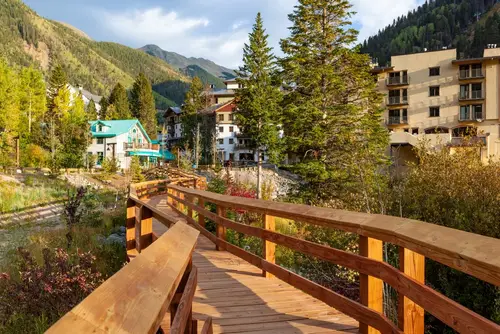
Taos embodies a unique blend of Native American, Spanish, and American history. The Taos Pueblo is a living community, with adobe structures continuously inhabited for over a thousand years. Art, crafts, and traditions are actively maintained by residents rather than just displayed. Walking through Taos, you feel the weight of centuries in every adobe wall.
History here isn’t just preserved; it’s lived. Festivals celebrate local culture and indigenous practices, keeping traditions vibrant. Museums complement these experiences with context about colonial influences. In Taos, history isn’t a relic—it’s a rhythm of life.
10. Charleston, South Carolina
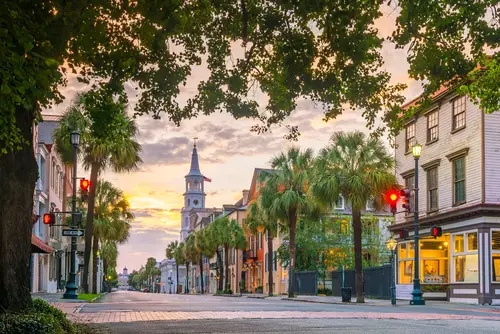
Charleston exudes Southern charm while maintaining meticulous historical preservation. The French Quarter, historic homes, and cobblestone streets showcase centuries-old architecture. Walking tours highlight everything from colonial times to the Civil War. Even plantations nearby offer detailed insights into both architecture and social history.
The city keeps history accessible and engaging. Food tours often incorporate recipes from historical cookbooks, connecting cuisine with culture. Annual events celebrate historic milestones with a mix of reenactments and modern interpretations. Charleston manages to make history flavorful, literally and figuratively.
11. New Orleans, Louisiana
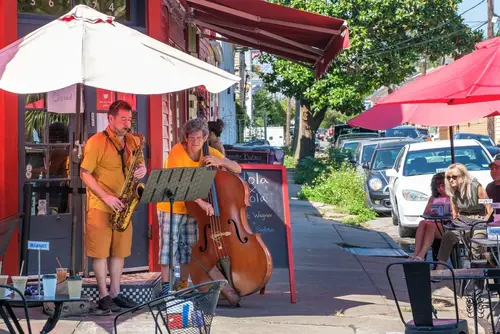
New Orleans is famous for jazz and Mardi Gras, but its historical roots run deep. French Quarter architecture, Creole cottages, and historic cemeteries tell stories of centuries past. Local traditions preserve French, Spanish, African, and Caribbean influences. Every street corner seems to hum with stories of resilience and cultural fusion.
The city keeps history alive in its daily rituals. Music, parades, and food traditions are rooted in historical events and cultural blending. Historic homes and museums provide context, making the past tangible. In New Orleans, history is heard, seen, and tasted in equal measure.
12. Mackinac Island, Michigan
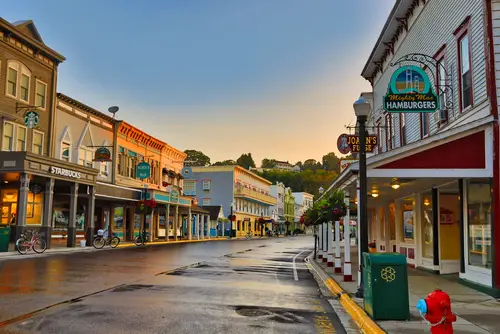
Mackinac Island is frozen in time, with no cars allowed and streets traveled by horse-drawn carriage or bicycle. Historic forts and Victorian-era hotels preserve the 19th-century charm. Fudge shops continue a culinary tradition that dates back over a century. Even the local government encourages preservation of original architecture and streetscapes.
The island thrives on blending historical authenticity with tourism. Seasonal festivals recreate historical events, giving visitors a hands-on experience. Local guides share stories passed down through generations. Mackinac Island lets you step back in time without ever feeling like a museum.
13. Leavenworth, Washington
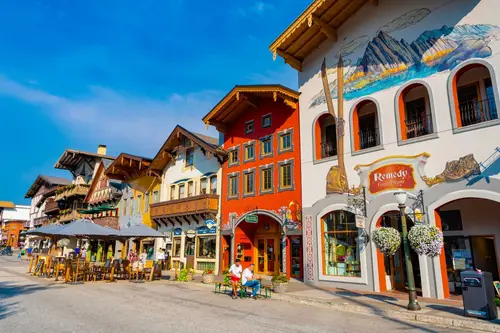
Leavenworth reinvented itself as a Bavarian village, embracing historical design in a uniquely American way. Alpine-style architecture and themed festivals bring European history to life in the Pacific Northwest. Shops, hotels, and restaurants all follow the Bavarian motif. Visitors can enjoy traditional music, food, and dance while surrounded by the Cascade Mountains.
The town’s approach is playful yet educational. Festivals often include historical presentations about Bavarian culture. Local artisans produce crafts and goods using traditional techniques. Leavenworth proves that preserving history can be imaginative without losing authenticity.
14. Deadwood, South Dakota
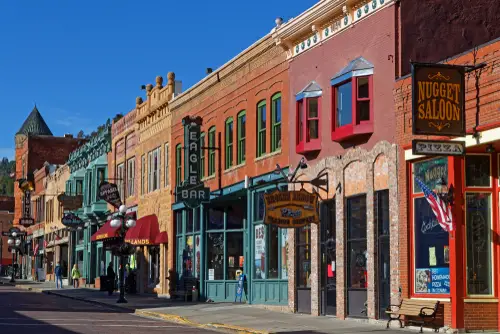
Deadwood is famous for its Wild West history, and it wears it unapologetically. Historic saloons, old mines, and preserved streets recreate life in the late 1800s. Reenactments of famous shootouts keep visitors engaged. Even local casinos occupy buildings that date back over a century.
The town integrates history into entertainment effectively. Museums provide context for legends and facts alike. Guided tours and storytelling events ensure the past feels vivid and immediate. Deadwood keeps the spirit of the frontier alive while remaining surprisingly modern.
15. Nantucket, Massachusetts
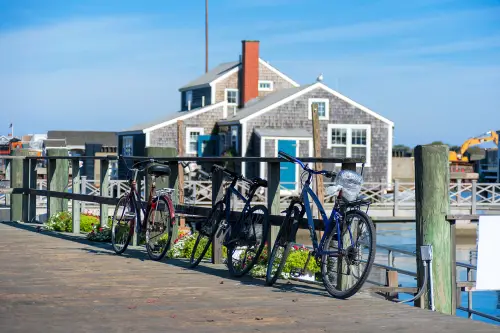
Nantucket’s whaling history shapes its identity, and the town preserves it carefully. Historic lighthouses, cobblestone streets, and museums honor maritime traditions. Many original buildings from the 18th and 19th centuries are still in use. Even local shops and inns maintain period-appropriate architecture.
The island also integrates history into its cultural life. Festivals celebrate maritime heritage and historical figures. Educational programs encourage residents and visitors to explore whaling, trade, and seafaring history. Nantucket manages to honor its past without turning it into a static exhibit.
16. Galena, Illinois
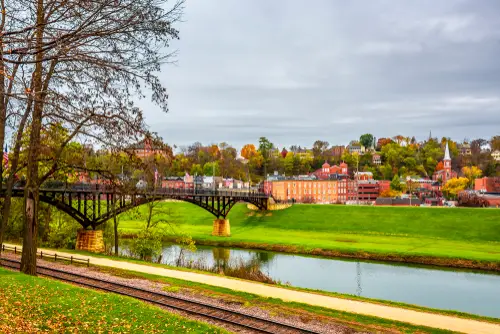
Galena’s 19th-century architecture is remarkably well-preserved, making it feel like stepping into a small-town time capsule. Historic homes and streets recall the town’s mining and trading roots. Ulysses S. Grant’s home is a major highlight, offering insight into his early life. Local shops often occupy original buildings, maintaining the town’s historical charm.
The town actively integrates history into tourism and education. Walking tours highlight both famous residents and lesser-known local stories. Festivals and reenactments allow visitors to experience the town as it once was. Galena proves that history can be celebrated without feeling stiff or distant.
This post 16 Towns That Keep Their History Alive in Unexpected Ways was first published on American Charm.


